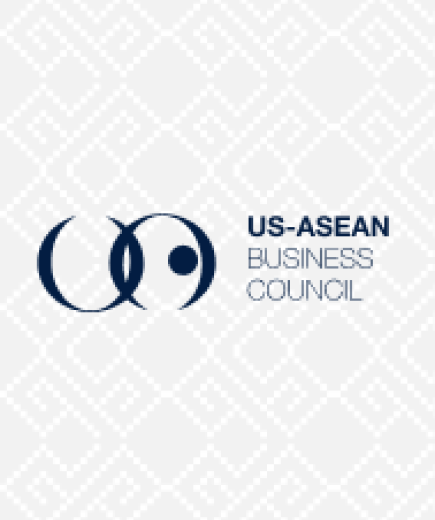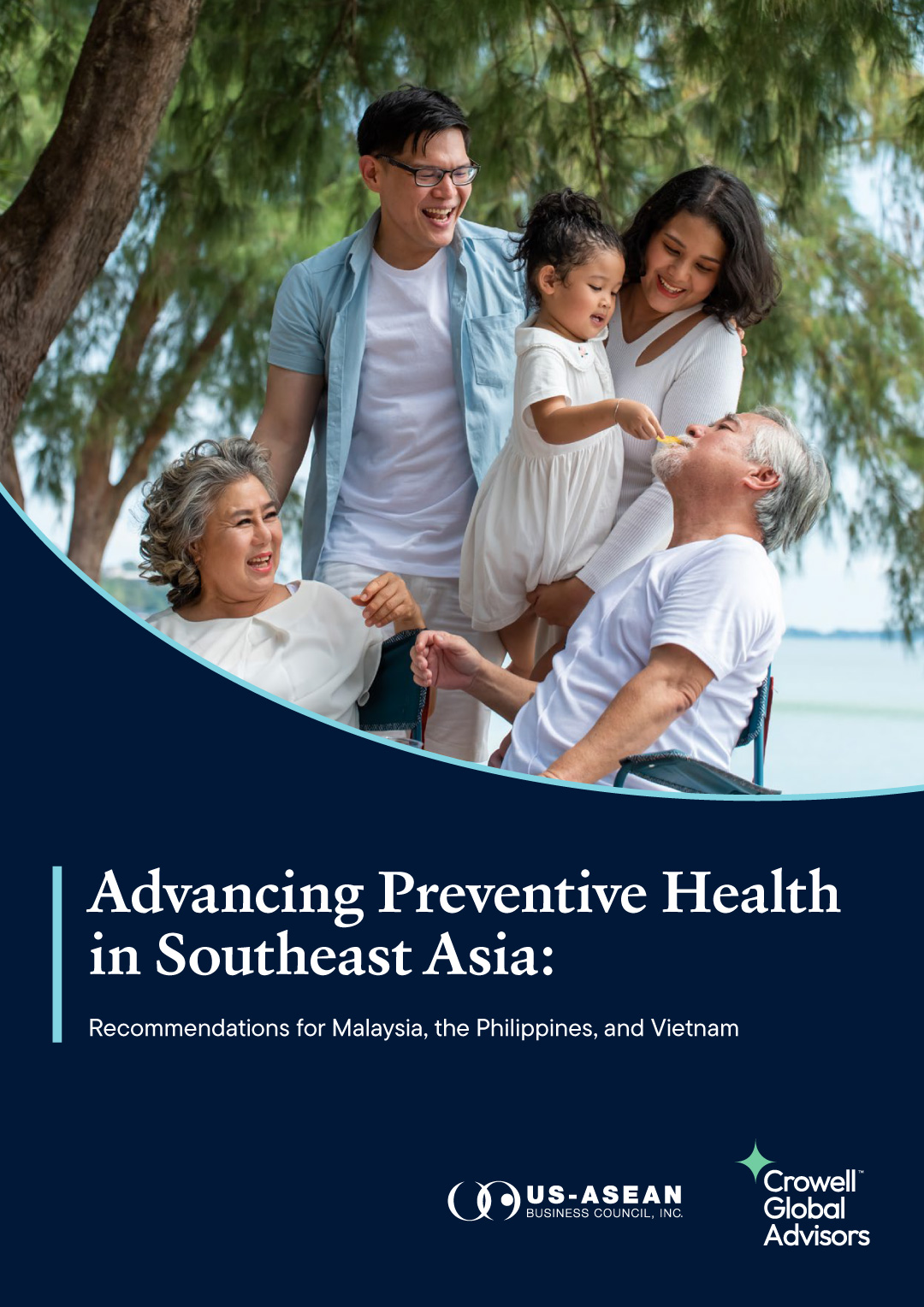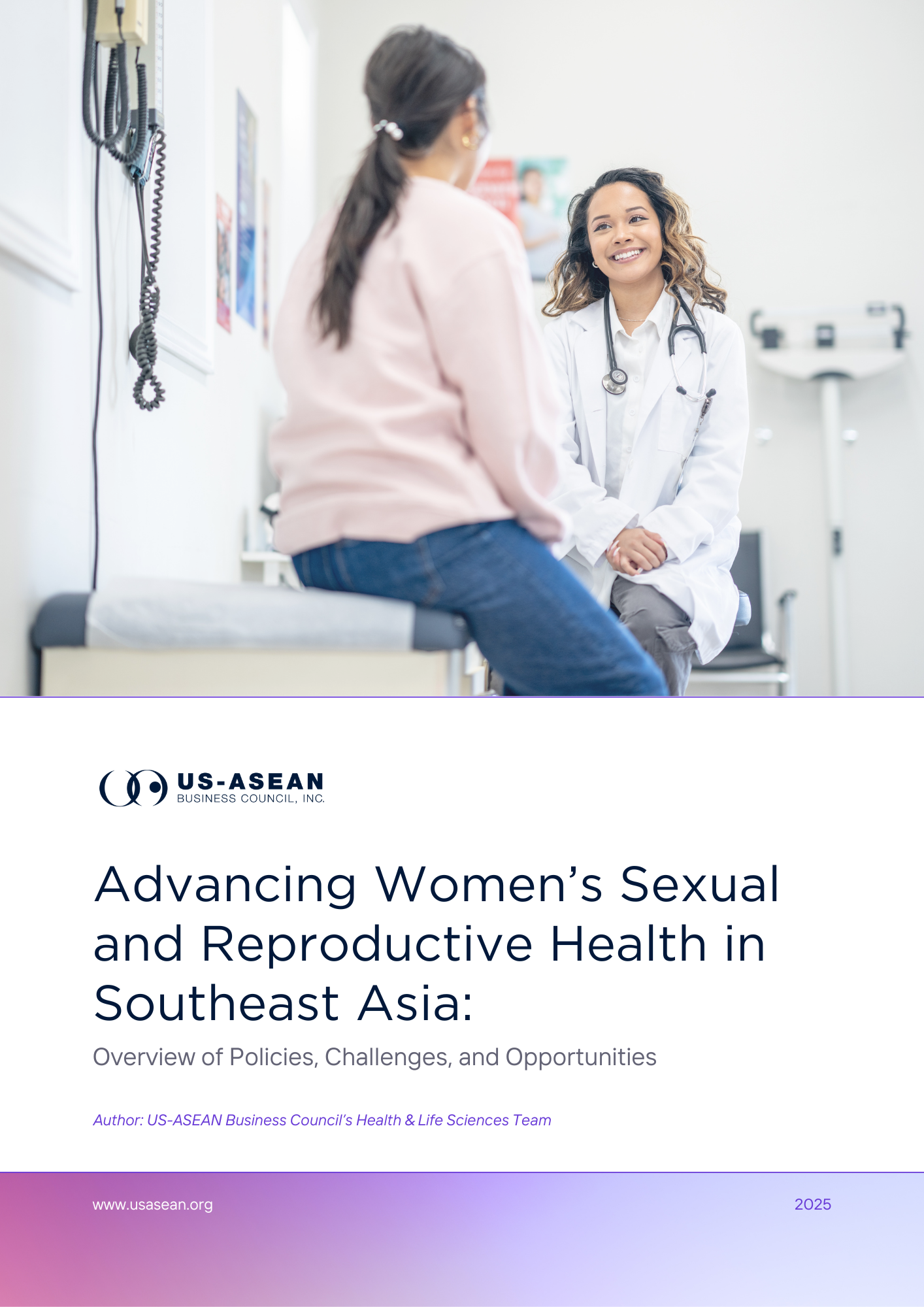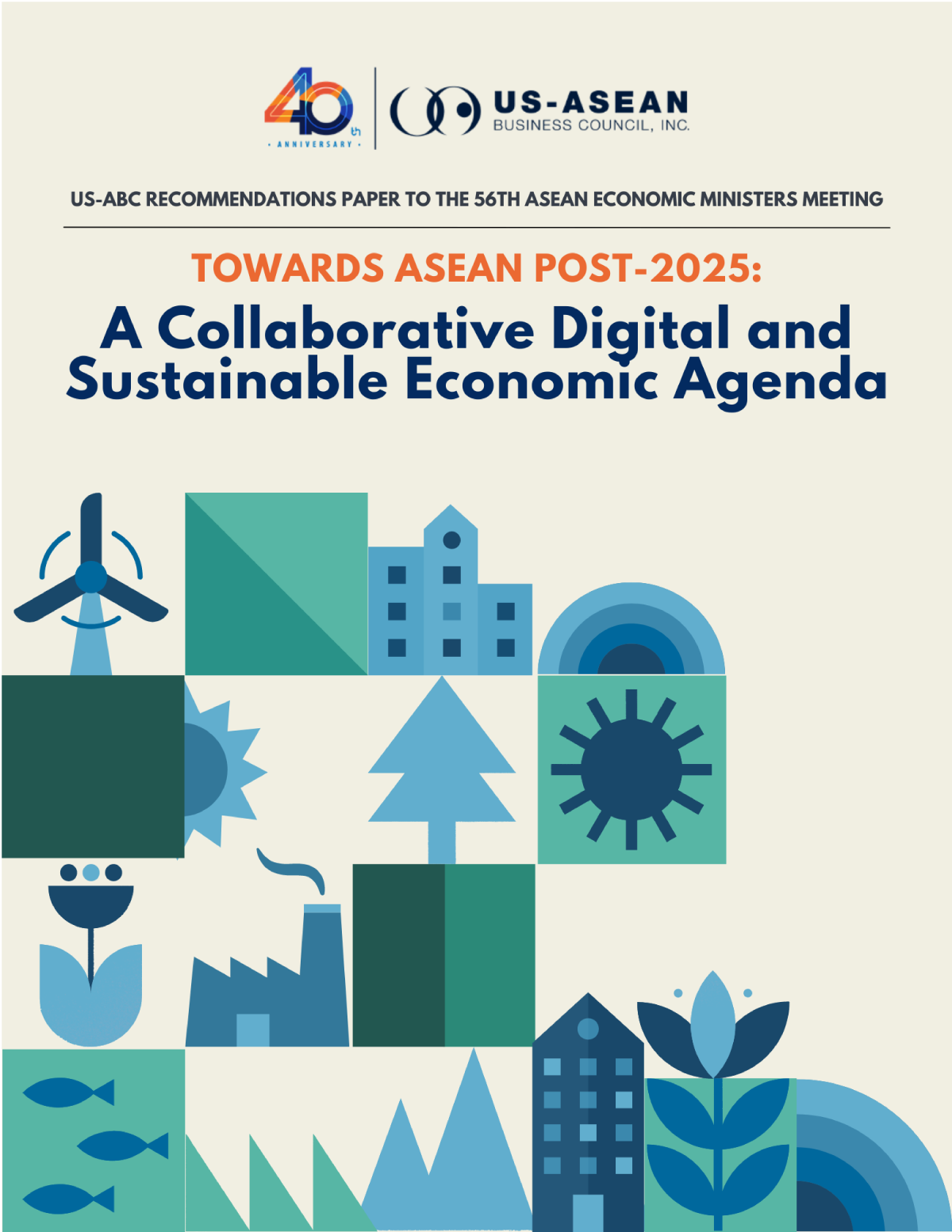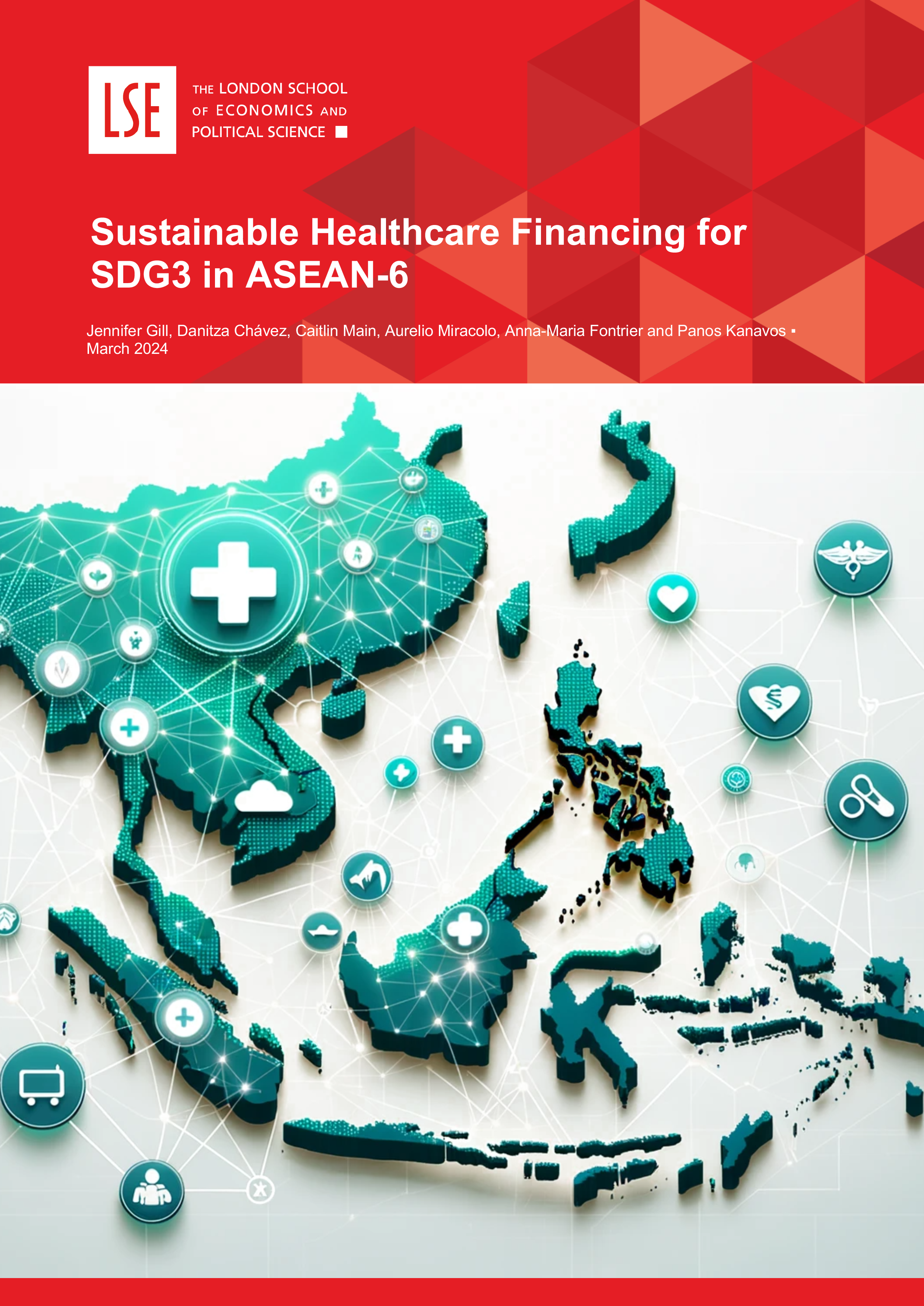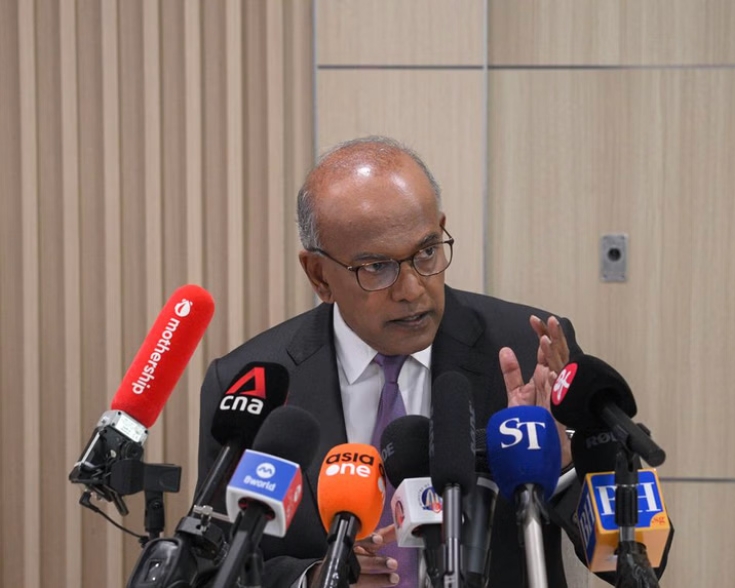Medical Tourism Trends in Singapore, Malaysia and Thailand

Malaysia has continued to position itself as a halal medical hub, drawing medical tourists from Indonesia, China, and India. It is also the only country among the three with a dedicated government agency, the Malaysia Healthcare Travel Council (MHTC), to oversee medical tourism under its health ministry.
Recently, Malaysia is leveraging key medical hubs like Penang and Selangor, offering patients with their state-of-the-art facilities and affordable costs. Penang dominates the medical tourism sector in Malaysia by contributing 45% of such revenue.
Thailand has also taken significant steps to attract medical tourists, such as introducing a multi-entry visa in 2023 that allows medical tourists to stay for up to 180 days. In 2023, Thailand welcomed 2.86 million medical tourists, generating $850 million with a projected increase to 3.07 million visitors in 2024, a 7.3% rise. Thailand is also set to showcase how the country is redefining wellness and medicine at the Expo 2025 Osaka.
Growth in Singapore’s medical tourism sector has lagged behind Thailand and Malaysia in attracting medical tourists, partly due to its strong currency, which makes treatments more expensive for foreign visitors. Over time, Singapore has shifted its focus from medical tourism to wellness tourism. These trends overall reflect the different approaches, holistic versus more specialized, ASEAN nations are taking to utilize medical tourism development to support the growth of their healthcare industries, based on their unique competitive factor advantages and targeted market promotion strategies.




